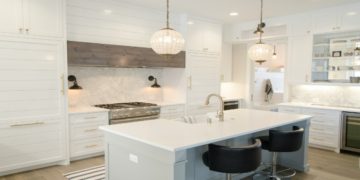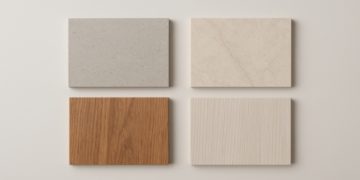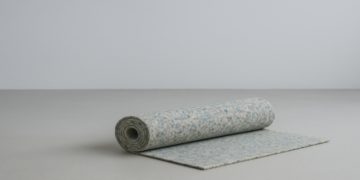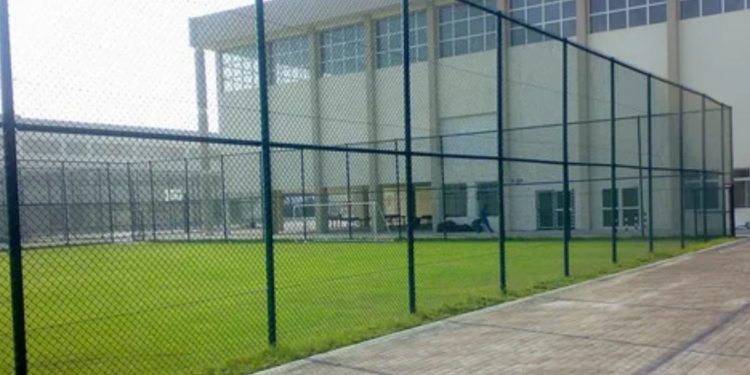Introduction
For generations, wood has been the material of choice for homeowners looking to define their property lines and enhance outdoor spaces. While modern alternatives like vinyl and aluminum have grown in popularity, wood fences continue to hold timeless appeal. Their ability to blend seamlessly with natural surroundings makes them a classic option for both privacy and style.
From tall, solid-panel fences that provide complete seclusion to decorative picket fences that frame a yard with charm, wood offers unmatched versatility. The natural grain, texture, and warmth of wood create an organic look that complements virtually any landscape design.
Professional companies such as Hawk Fences specialize in crafting wood fence designs that combine traditional beauty with modern construction techniques. With the right design, a wood fence can provide privacy, security, and elegance while connecting a home to its environment.
The Timeless Appeal of Wood
Wood’s enduring popularity comes from its ability to adapt to different architectural styles. A rustic split-rail fence adds character to country homes, while a tall cedar privacy fence suits suburban neighborhoods. This flexibility ensures wood remains relevant across generations.
Its natural appearance also makes it easy to blend into landscaping. Over time, wood develops a patina that enhances its charm, further reinforcing its connection to nature.
Privacy with Style
Privacy is a leading reason homeowners choose wood fencing. Solid-panel designs create complete separation from neighbors and busy streets. Options like board-on-board or stockade fences block sightlines while maintaining an attractive, uniform appearance.
For those who want a balance of openness and privacy, lattice-topped fences provide coverage while allowing airflow and light to filter through. This combination offers seclusion without making a yard feel enclosed.
Customization Possibilities
One of the biggest advantages of wood fencing is its customizability. Homeowners can select from various heights, widths, stains, and finishes to create a unique look. Decorative tops such as scalloped edges or post caps add personal touches that elevate the design.
Unlike prefabricated panels, wood fences can be built to fit unusual property shapes or uneven terrain. This flexibility ensures a seamless, tailored installation.
Types of Wood Used in Fencing
Different types of wood provide varying levels of durability, appearance, and cost.
- Cedar: Naturally resistant to decay and insects, cedar is one of the most popular choices for fencing. Its rich color and pleasant aroma add to its appeal.
- Pine: More affordable than cedar, pine is often pressure-treated to resist moisture and pests. It offers versatility for staining and painting.
- Redwood: Prized for its deep color and longevity, redwood is a premium choice for high-end fencing projects.
- Spruce: Typically used in prefabricated panels, spruce is budget-friendly but may require more maintenance over time.
Selecting the right wood depends on budget, climate, and design preferences.
Enhancing Curb Appeal
A well-designed wood fence can dramatically enhance a home’s exterior. Classic white-painted picket fences remain a symbol of charm, while stained privacy fences create a sophisticated backdrop for landscaping.
Wood fences also serve as architectural features, framing a property and defining outdoor living areas. Their visual appeal often adds significant value to homes on the market.
Balancing Privacy and Openness
Homeowners don’t always want complete seclusion. Designs that balance privacy with openness are increasingly popular. Horizontal slat fences, for example, provide modern style with gaps that allow visibility and airflow. Shadowbox fences, where boards alternate on either side of the rails, offer coverage without a closed-in feel.
These creative approaches ensure privacy while keeping outdoor spaces bright and inviting.
Durability and Maintenance
While wood requires more maintenance than vinyl or aluminum, proper care ensures longevity. Regular staining or painting protects against moisture, UV damage, and pests. Homeowners should also inspect for rot or loose boards and perform repairs as needed.
Cedar and redwood naturally resist decay, making them lower-maintenance options. Choosing the right type of wood and maintaining it properly maximizes durability and value.
Eco-Friendly Benefits
Wood is a renewable resource, making it an environmentally friendly fencing material. Many wood fences are sourced from sustainable forests, and biodegradable options reduce long-term environmental impact.
For eco-conscious homeowners, wood remains a responsible choice when sourced and maintained properly.
Integration with Landscaping
Wood fences complement landscaping better than any other material. They can frame gardens, serve as trellises for climbing plants, or create cozy outdoor rooms. Stained wood provides a neutral backdrop that highlights greenery and flowers.
This integration enhances both the fence and the surrounding landscape, making outdoor spaces more inviting.
Cost Considerations
Wood fences generally cost less upfront than vinyl or metal alternatives, though they require ongoing maintenance. For homeowners who enjoy DIY projects, staining or painting can be part of regular upkeep.
When comparing costs, it’s important to factor in both installation and long-term care. Despite maintenance needs, many homeowners find wood’s aesthetic and functional benefits well worth the investment.
Modern Wood Fence Designs
Trends in wood fencing continue to evolve. Horizontal fences, minimalist designs, and combinations of wood with metal elements bring contemporary style to traditional material. These modern variations appeal to homeowners who want the warmth of wood with an updated look.
Creative staining techniques, such as alternating dark and light tones, also give wood fences a fresh, stylish appearance.
Security Benefits
In addition to privacy, wood fences enhance security. Tall panels create a physical barrier that deters trespassers, while sturdy construction ensures durability against impact. For families with pets, wood fences provide reliable containment while maintaining an attractive aesthetic.
Adding gates with secure latches further increases functionality and safety.
Conclusion
Wood fencing remains a timeless choice that blends privacy, natural beauty, and design versatility. From traditional picket fences to modern horizontal slats, wood adapts to any style while offering warmth and charm that few materials can match.
By working with professionals like Hawk Fences, homeowners can enjoy expertly crafted wood fences that combine durability with elegance. With the right design and proper maintenance, a wood fence enhances privacy and creates a natural connection between home and landscape.











































































